F-35 will be upgraded to the twin-engine F-55, says President Trump. But how realistic is that?
- By Alex Hollings
Share This Article
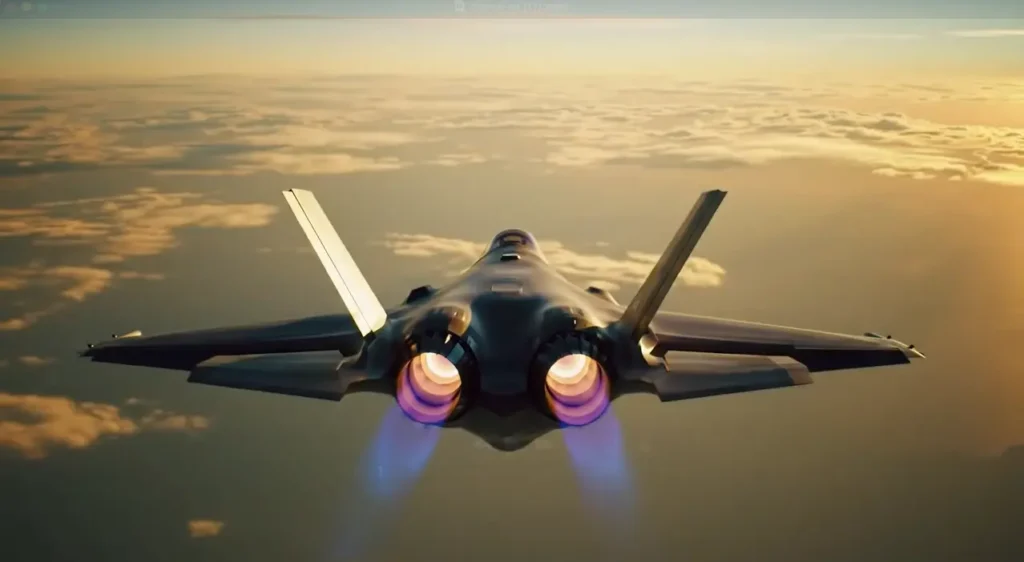
The F-47 may not be the only new stealth fighter the U.S. Air Force has in the works, because earlier today, President Donald Trump pitched the development of a new “super” upgrade for the F-22 Raptor, and even more improbably a new twin-engine variant of the F-35 that he dubbed the “F-55.”
The president proposed these upgraded versions of America’s 5th-generation fighters from Qatar this morning, first mentioning a “simple” F-35 upgrade – likely in reference to the sweeping list of 75 or more changes being made to the aircraft set to begin this summer. But then he went on to say, “we’re also doing an F-55, and that’s going to be a substantial upgrade, but it’s going to be also with two engines because the F-35 has a single engine. I don’t like single engines.”
After losing out on the opportunity to build America’s next stealth fighter, Lockheed Martin’s CEO, Jim Taiclet, pitched what he called a “Ferrari upgrade” for the F-35, which Sandboxx News posited would likely include advanced new adaptive cycle engines, a gallium-nitride active electronically scanned array radar, new long-range infrared sensors, stealth drop tanks, and maybe even new wing configurations and control surfaces. This FB-35, as we dubbed it, would be even more attack-oriented than today’s F-35, sacrificing some degree of speed and aerobatic maneuverability for vastly improved range and payload.
Yet, Trump’s F-55 sounds more like a different proposal that, in the past, we’ve referred to as the “Joint Strike Raptor,” a hybrid F-35/F-22.
F-22 production was cut short after just 186 Raptors were delivered, and to ensure no nation ever got their hands on the tooling required to build more, Lockheed Martin was ordered to destroy it, effectively guaranteeing no more F-22s could ever be built. But by 2017, Congress recognized how shortsighted this decision had been, and it commissioned a secret study into what it might cost to restart Raptor production. The report found that it would cost about $61 billion worth of today’s dollars to field just 194 additional F-22s, or right around $326 million per fighter.
Related: The military aircraft America ‘almost’ bought iceberg
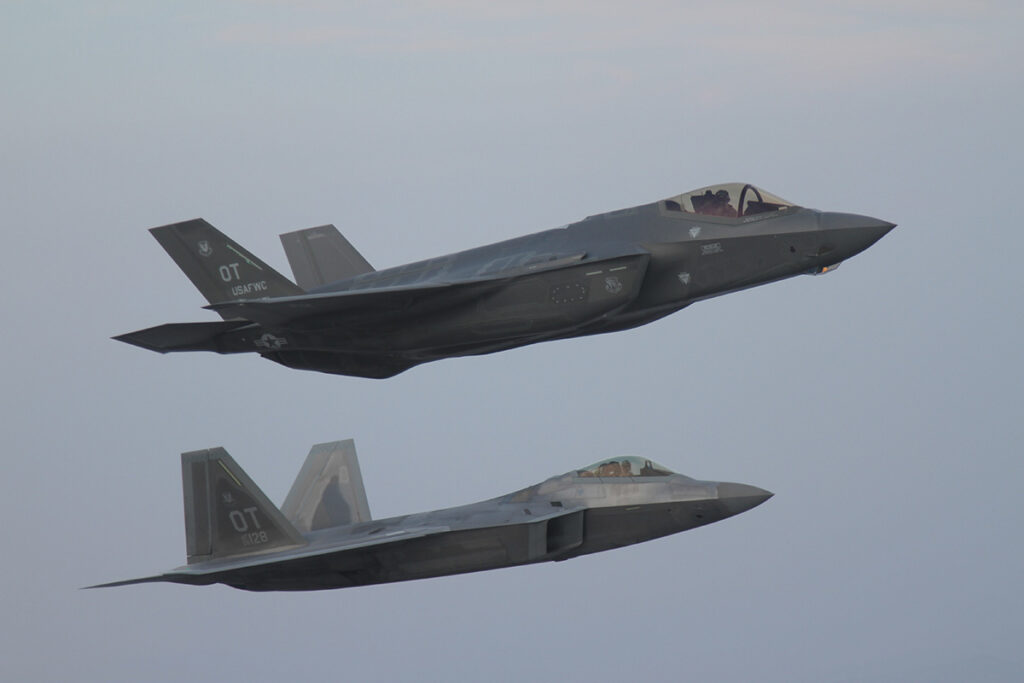
But just one year later, Lockheed Martin pitched a different approach to Japan, offering to build for the Far Eastern nation hybrid fighters based on the F-22 Raptor’s design, but carrying the F-35’s more modern and advanced avionics suites. This proposal would see Japan fund the initial effort to stand up production, and then both Japan and the United States purchasing these Joint Strike Raptors for as little as just $177 million per fighter (or about $208 million per jet today). That would still be very expensive, costing twice the price of an F-35A, but for what would arguably be the most advanced and capable fighter ever conceived (short of the 6th gen designs making their way toward service).
Ultimately, both the U.S. and Japan recognized that moving forward with the Joint Strike Raptor would be investing tens of billions of dollars into a fighter design that was finalized 10 years before the first iPhone hit the market.
However, this new F-55 concept, improbable as it sounds, might just be more realistic than the Joint Strike Raptor. This is because it involves making changes to an existing production line, rather than standing up an entirely new one, bringing down at least some of the immense costs of developing the F-55’s production infrastructure. But this still doesn’t make it a feasibility.
Adding a second engine to the F-35 would require such an immense overhaul of the aircraft’s design and stealth geometries that calling it an F-35 upgrade at all rings as either a misnomer or marketing. But there has been some precedent for that: Boeing’s F/A-18 Super Hornet, for instance, is famously a completely different aircraft from the F/A-18 Hornet it is based on, but the fighter borrows design ques and a name from the original Hornet to help shape perceptions of the program as an inexpensive upgrade, rather than a pricey new clean-sheet design.
Related: Anduril’s new cruise missile concept could be a boon for American airpower
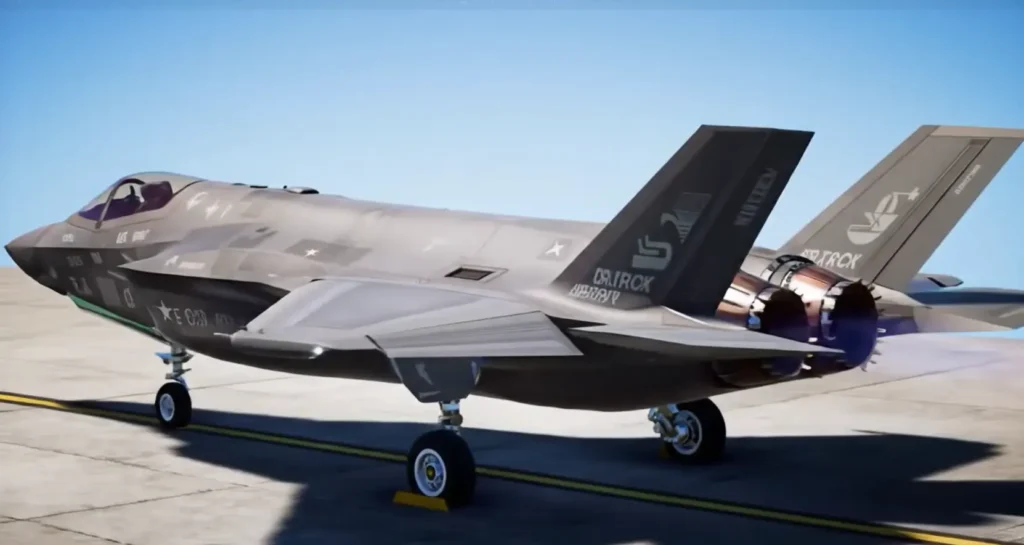
And Lockheed Martin (or the president) may be doing the same with the F-55 calling it an improved F-35 to round off the pointier edges of what’s sure to be an incredibly expensive proposal.
It’s hard to gauge the F-55 announcement. The president’s concerns about single-engine fighters don’t really reflect the modern day reality of tactical aviation. Today’s single-engine fighters are, broadly speaking, safer than yesterday’s twin-engine platforms thanks to advancing turbofan technologies.
But more importantly, we’re talking about what would amount to an immense financial undertaking, and one that the president is proposing while his Defense Department mulls over pushing the production of the Navy’s next stealth fighter back… over cost. Knowing what we do about billions of dollars worth of design and infrastructure changes required just to begin F-55 production, it’s tough to reconcile the two. One could argue that it would obviously be better to invest that money into new fighters the Navy has been clear that it needs, rather than modifying other fighters that are already in production.
A twin engine F-55 could certainly be useful. Yet, we aren’t confident it could be done while the Pentagon pays for new ICBMs, new submarines, aircraft carriers, 6th generation fighters, stealth bombers and more. Even with a trillion-dollar defense budget, there are limits to what you can build.
Feature Image: Render of an F-35 with two engines. (Sandboxx News with U.S. Air Force assets)
Read more from Sandboxx News
- The F-22 Raptor will get a ‘super’ upgrade, says President Trump
- Danger, Mines! Delta Force misadventures in Bosnia
- How the AR-18 influenced a generation of service rifles
- Upgrades ahead across the special operations helicopter fleet
- Combat swimmer operations and their importance in a near-peer conflict
Related Posts
Sandboxx News Merch
-

‘Kinetic Diplomacy’ Bumper Sticker (White)
$8.00 Add to cart -

‘Sandboxx News’ Camo Trucker Hat
$29.00 Select options This product has multiple variants. The options may be chosen on the product page -

A-10 ‘Thunderbolt Power’ Poster
$22.00 – $28.00 Select options This product has multiple variants. The options may be chosen on the product page

Alex Hollings
Alex Hollings is a writer, dad, and Marine veteran.
Related to: Airpower, Breaking News
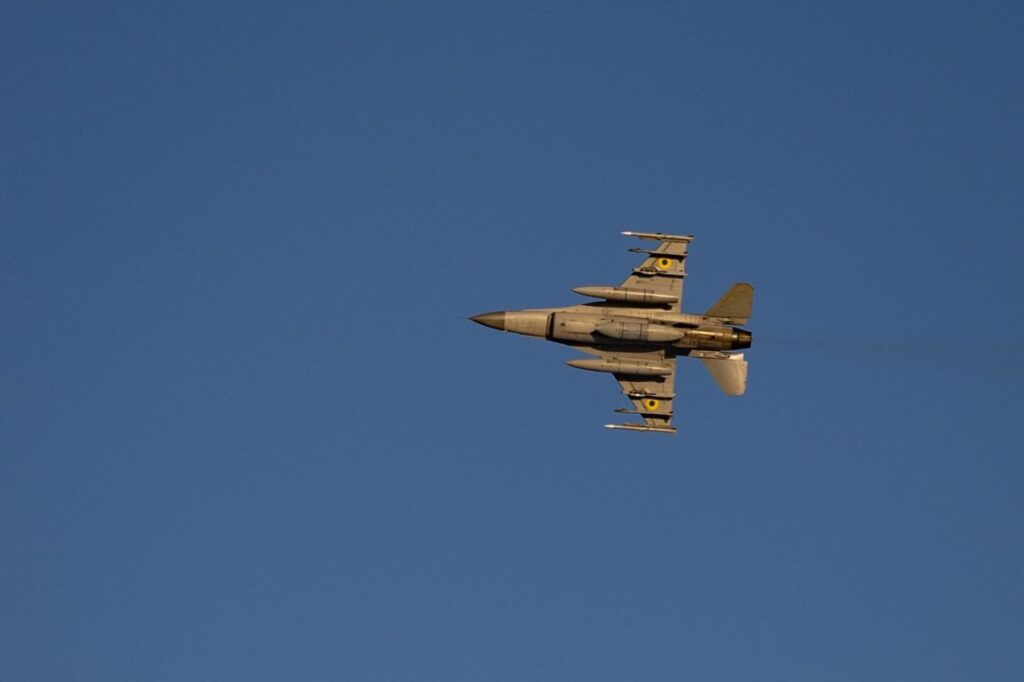
F-16s in Ukraine are putting in the work, according to Ukrainian pilot
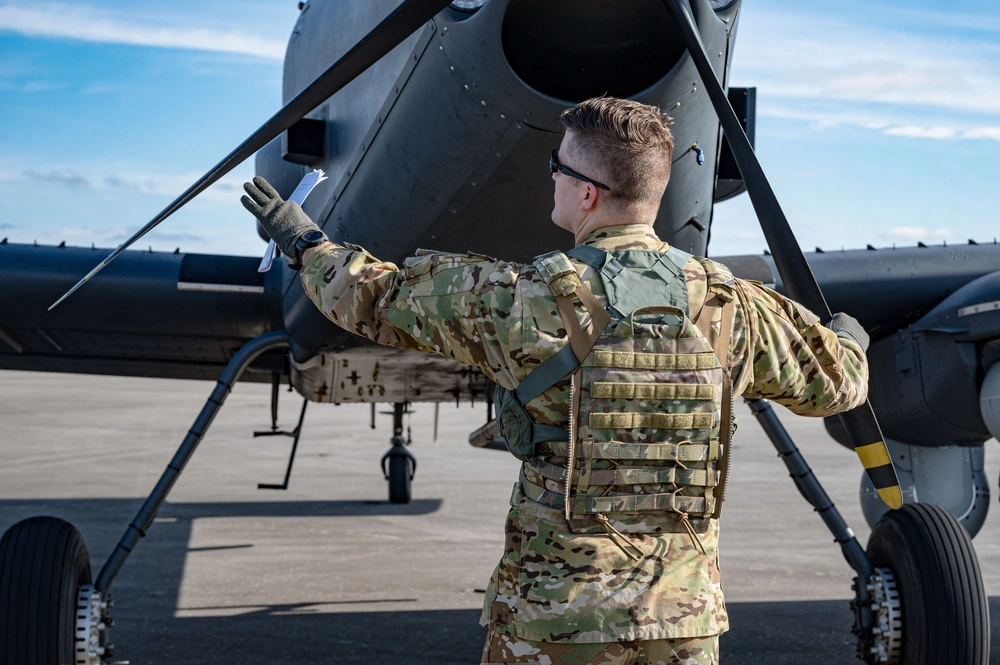
SOCOM’s new OA-1K Skyraider II aircraft will make America’s elite units operating far from home more lethal
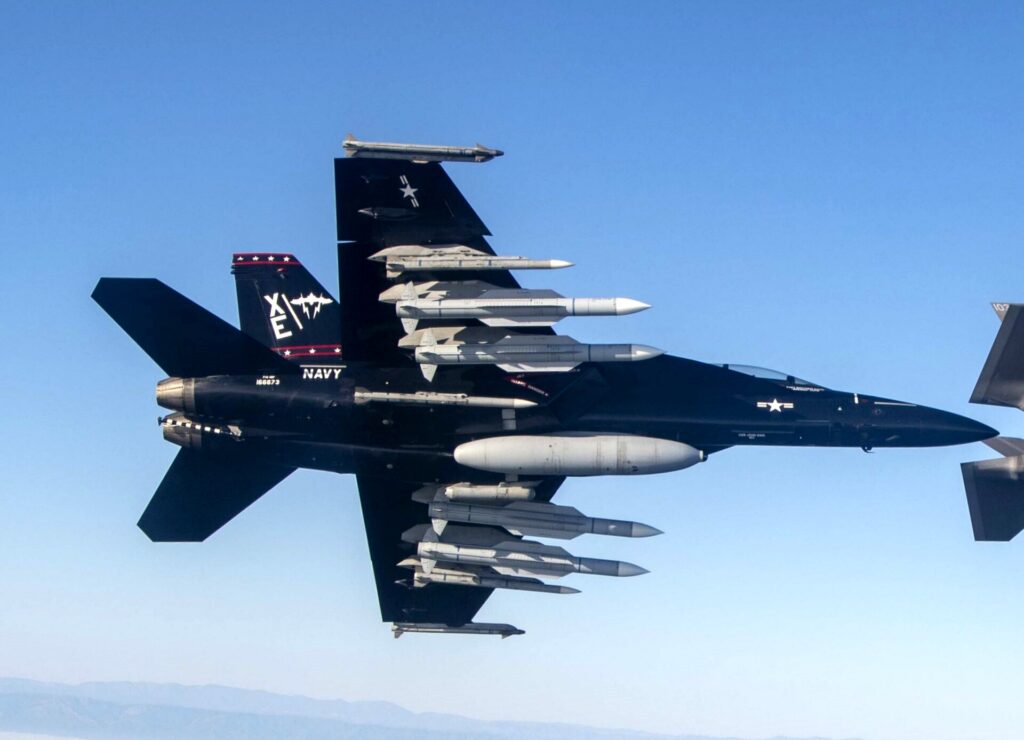
Two new American missiles that will make a bang
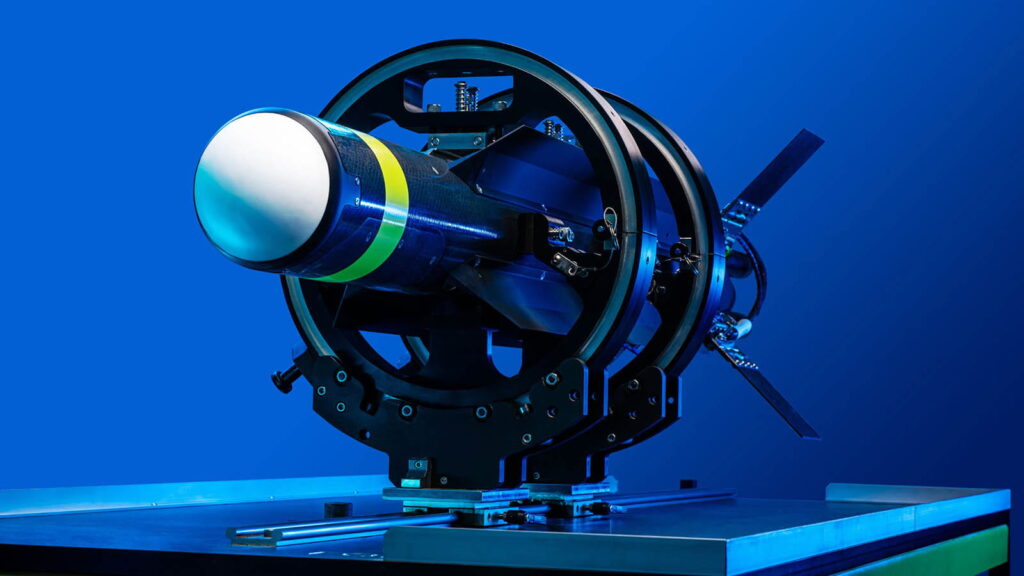
Navy bolsters its aircraft carriers’ defenses with expendable loitering interceptors
Sandboxx News
-

‘Sandboxx News’ Trucker Cap
$27.00 Select options This product has multiple variants. The options may be chosen on the product page -

‘AirPower’ Classic Hoodie
$46.00 – $48.00 Select options This product has multiple variants. The options may be chosen on the product page -

‘AirPower’ Golf Rope Hat
$31.00 Select options This product has multiple variants. The options may be chosen on the product page -

‘Sandboxx News’ Dad Hat
$27.00 Select options This product has multiple variants. The options may be chosen on the product page
